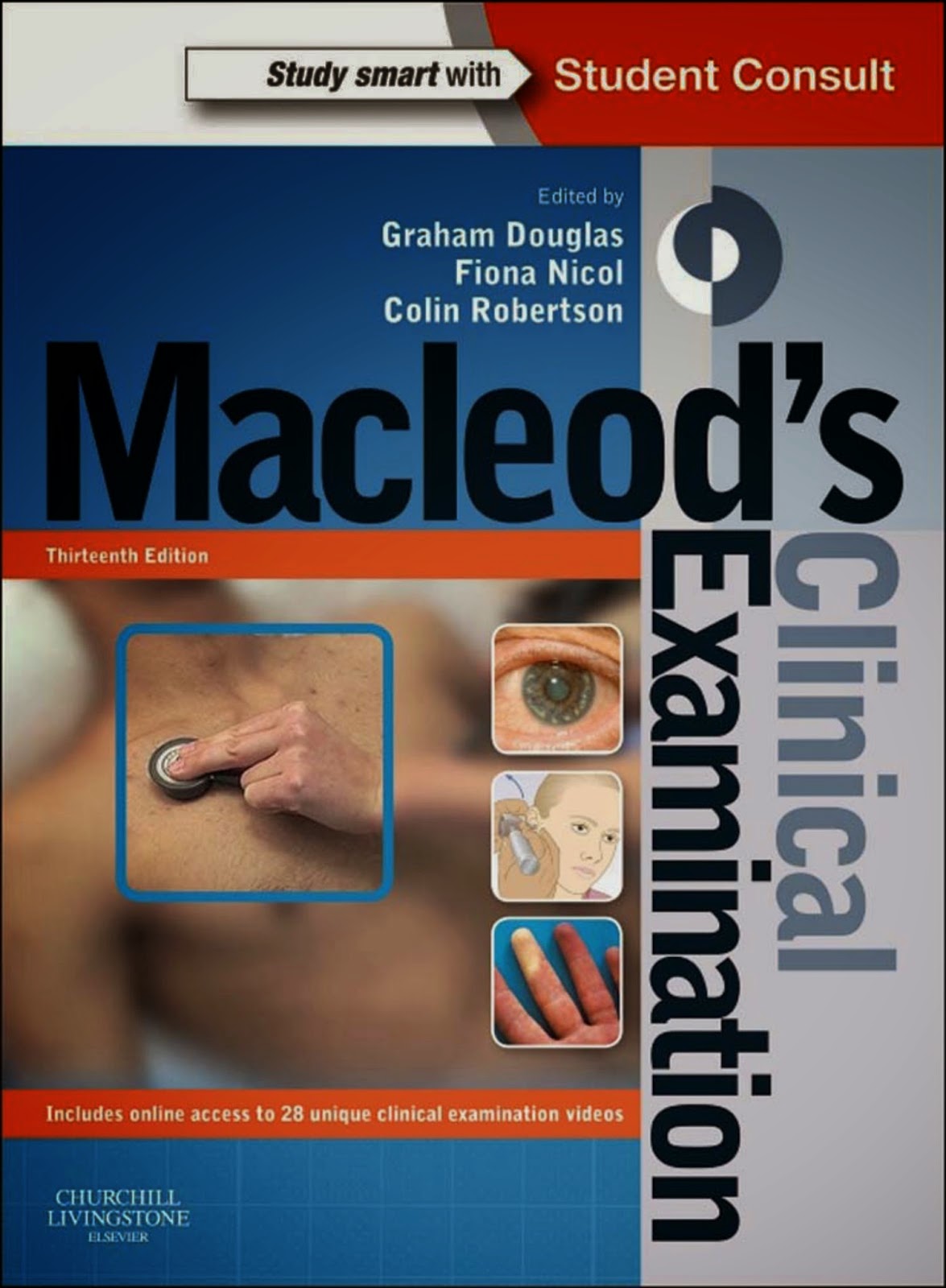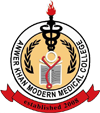Anwer Khan Modern Medical College
Library Management System

| Title: | Macleod's clinical examination |
| Author Name: | Graham Douglas, Fiona Nicol and Colin Robertson [Editor] |
| Author Sur Name: | DOUGLAS, Graham. |
| Other's Author Name: | illustrations by Robert Britton, Ethan Danielson. |
| Author information: |
|
| Edition/Published: | 13th ed. _New York : Elsevier , 2013 |
| New to this edition: |
|
|
Physical Description: xviii, 452p., : ill., tables, graphs.; 26.5cm. |
| Notes | Includes Index. |
| Includes Index: | P. 441-451 |
| ISBN No's: | 978-0-7020-4729-9 |
| Bar Code's: | |
| Shelf Location's: | 38 |
| Classification | |
| Subject: | Physical Diagnosis |
| Dewey Class No: | 616.0754 |
| Letter Call No: | D74m |
| LC Classification: | RC58 .T93 2013 |
| Other's Book Information | |
| Book ID No: | 1321 |
| Total Books: | 1 |
| Date of collection's: | 30-Dec-2014 |
| Donation / Purchase: | Purchase |
| Language: | English |
| Status: | Available |
| Department: | Medicine |
| Synopsis: |
|
| Review: |
|
| Description: |
|
| Key Features: |
|
| Summary: |
|
| Abstract: |
|
| Preface: |
|
| Content: |
SECTION 1 HISTORY TAKING AND GENERAL EXAMINATION 1 Approach to the patient 1 Colin Robertson, Fiona Nicol, Graham Douglas 2 History taking 5 David Snadden, Robert Laing, Stephen Potts, Fiona Nicol, Nicki Colledge 3 The general examination 41 Graham Douglas, John Bevan SECTION 2 SYSTEM EXAMINATION 4 The skin, hair and nails 63 David Gawkrodger 5 The endocrine system 77 John Bevan 6 The cardiovascular system 97 Neil Grubb, James Spratt, Andrew Bradbury 7 The respiratory system 137 Graham Devereux, Graham Douglas 8 The gastrointestinal system 165 Alastair MacGilchrist, John Iredale, Rowan Parks 9 The renal system 195 Allan Cumming, Stephen Payne 10 The reproductive system 211 Elaine Anderson, Colin Duncan, Jane Norman, Stephen Payne 11 The nervous system 239 Richard Davenport, Hadi Manji 12 The visual system 275 John Olson, Rebecca Ford 13 The ear, nose and throat 297 Janet Wilson, Fiona Nicol 14 The musculoskeletal system . . . . . . 315 Jane Gibson, James Huntley xvii SECTION 3 EXAMINATION IN SPECIFIC SITUATIONS 15 Babies and children 355 Ben Stenson, Steve Turner 16 The frail elderly 379 Andrew Elder, Elizabeth MacDonald 17 The febrile adult 391 Dilip Nathwani, Kum Ying Tham 18 Assessment for anaesthesia and sedation 401 Laura Robertson, Andrew Longmate 19 The critically ill 411 Gareth Clegg, Colin Robertson 20 Confirming death 423 Jamie Douglas, Graham Douglas SECTION 4 ASSESSING CLINICAL EXAMINATION TECHNIQUE 21 OSCEs and other examination formats 427 Paul O’Neill Index 441 |
Related Books
- Davidson's principles and practice of medicine.
- Macleod's clinical examination
- Hutchison's clinical methods: an integrated approach to clinical practice
- Hutchison's clinical methods: an integrated approach to clinical practice.
- Davidson’s principles and practice of medicine.
- Davidson's principles and practice of medicine
- Rapid review of, clinical medicine
- Morgan & Mikhail's clinical anesthesiology.
- Talley & O'Connor's clinical examination : a systematic guide to physical diagnosis
- Macleod's clinical examination
